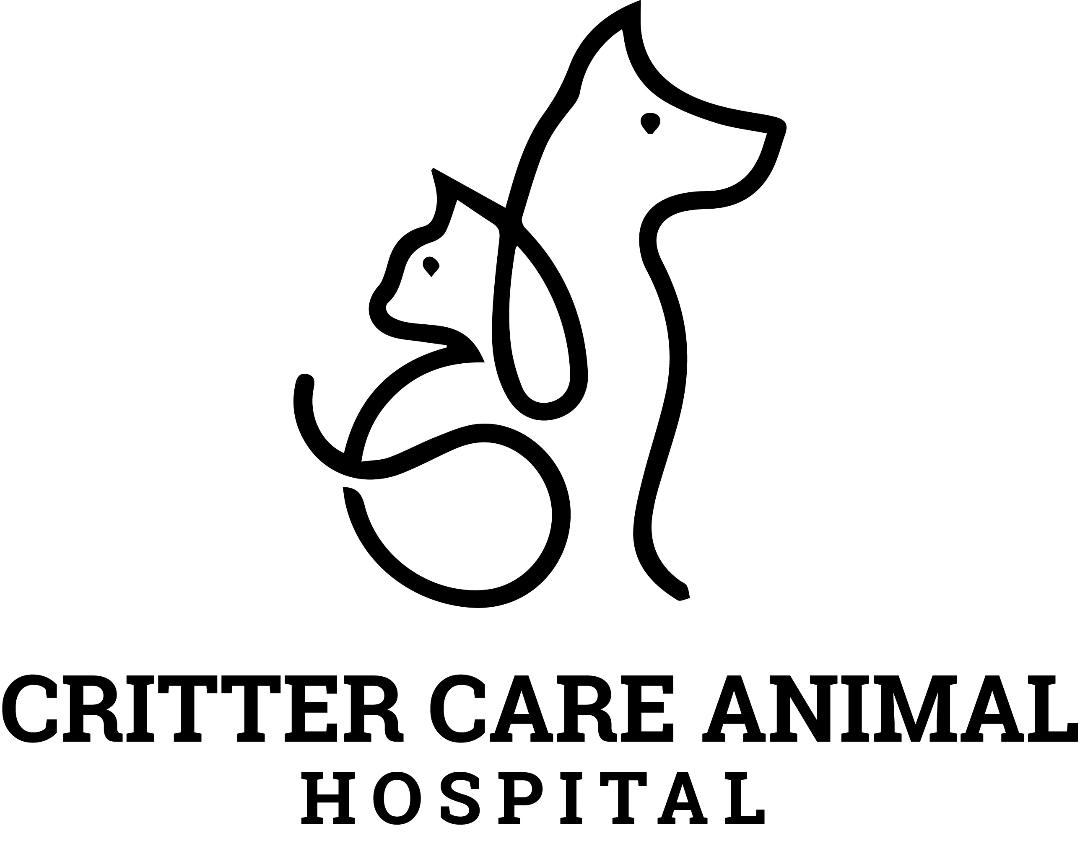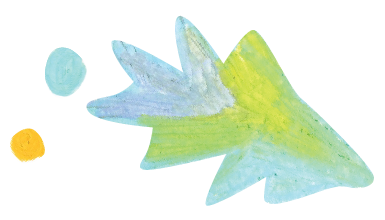Library
-
Pituitary macroadenomas are large tumors of the pituitary gland that are either functional (secrete hormones) or non-functional (do not secrete hormones). The clinical signs depend on the type of macroadenoma, though become severe over time in either case. Diagnosis requires specialized CT or MRI imaging. This handout explains the effects of macroadenomas in cats and the treatment options available.
-
Pituitary macroadenomas are large tumors of the pituitary gland that are either functional (secrete hormones) or non-functional (do not secrete hormones). The most common functional pituitary macroadenoma in the dog secretes the hormone ACTH, causing increased cortisol levels and Cushing’s disease. Non-functional macroadenomas cause clinical signs through compression of nearby structures resulting in vision changes, diabetes insipidus, and neurologic disorders. This handout explains the effects of these tumors on dogs, how they are diagnosed, and the treatment options available.
-
Clinical signs of pituitary tumors depend on whether the tumor is functional or non-functional. Functional tumors can cause Cushing's disease in dogs and can cause acromegaly and insulin-resistant diabetes in cats. Non-functional pituitary tumors can enlarge to cause neurological signs. Diagnosis is based on the history, bloodwork, urinalysis, and sometimes a CT scan or MRI. Medical therapy is often the treatment of choice for functional tumors. Radiation therapy is another option and is usually the primary treatment for non-functional tumors.
-
Many birds naturally eat plants as part of their diet. Birds will chew on and possibly consume plants in the course of play and curiosity. Some plants will just make a bird sick while others can kill them. This handout catalogues many of the indoor and outdoor plants that are considered safe for birds.
-
Many birds naturally eat plants as part of their diet. Some birds will chew on and possibly consume plants out of curiosity or during play. Many toxic plants will just make a bird sick if they ingest them, but some can kill them. Fortunately, rather than ingesting plants, most birds shred and play with plants with which they come in contact. This handout catalogues many of the indoor and outdoor plants that are considered to be potentially toxic to birds.
-
Bouquets and plants make wonderful gifts and decorations for our homes. However, many plant species can be hazardous to your cat's health. Be aware of the plants and flowers you are bringing into your home to prevent accidental poisonings. This handout outlines several common toxic plants.
-
Plaque forms on teeth shortly after eating and within 24 hours begins to harden, eventually turning into tartar. Tartar serves as a place for bacteria to grow, leading to gingivitis. As gingivitis worsens, periodontal disease develops, which includes inflammation, pain, and tooth loss. Prevention of plaque and tartar build-up is key. Use VOHC-accepted food and/or water additives, wipe or brush your cat's teeth daily, and have your veterinarian perform regular dental cleanings.
-
Plaque forms on teeth shortly after eating and within 24 hours begins to harden, eventually turning into tartar. Tartar serves as a place for bacteria to grow, leading to gingivitis. As gingivitis worsens, periodontal disease develops, which includes inflammation, pain, and tooth loss. Prevention of plaque and tartar build-up is key. Use VOHC-accepted food and/or water additives, wipe or brush your dog's teeth daily, and have your veterinarian perform regular dental cleanings.
-
Plasma cell tumors develop as a result of dysregulated production of plasma cells and are relatively uncommon in dogs and cats. Some plasma cell tumors are benign and the most common locations for these tumors are the head, feet, lips, mouth, and ears. The treatment of choice for benign plasma cell tumors is surgical removal, with little to no recurrence if completely excised. Conversely, multiple myeloma is a very malignant cancer that is usually treated with chemotherapy.
-
Platelet-rich plasma or PRP is a form of regenerative medicine where the platelet and protein components of blood are retrieved from a patient and then injected back into the patient at the site of inflammation. PRP contains growth factors that appear to promote tissue regeneration and reduce inflammation. The procedure is not yet widely available and should only be performed by a veterinarian with specialized equipment and special training in this area.

